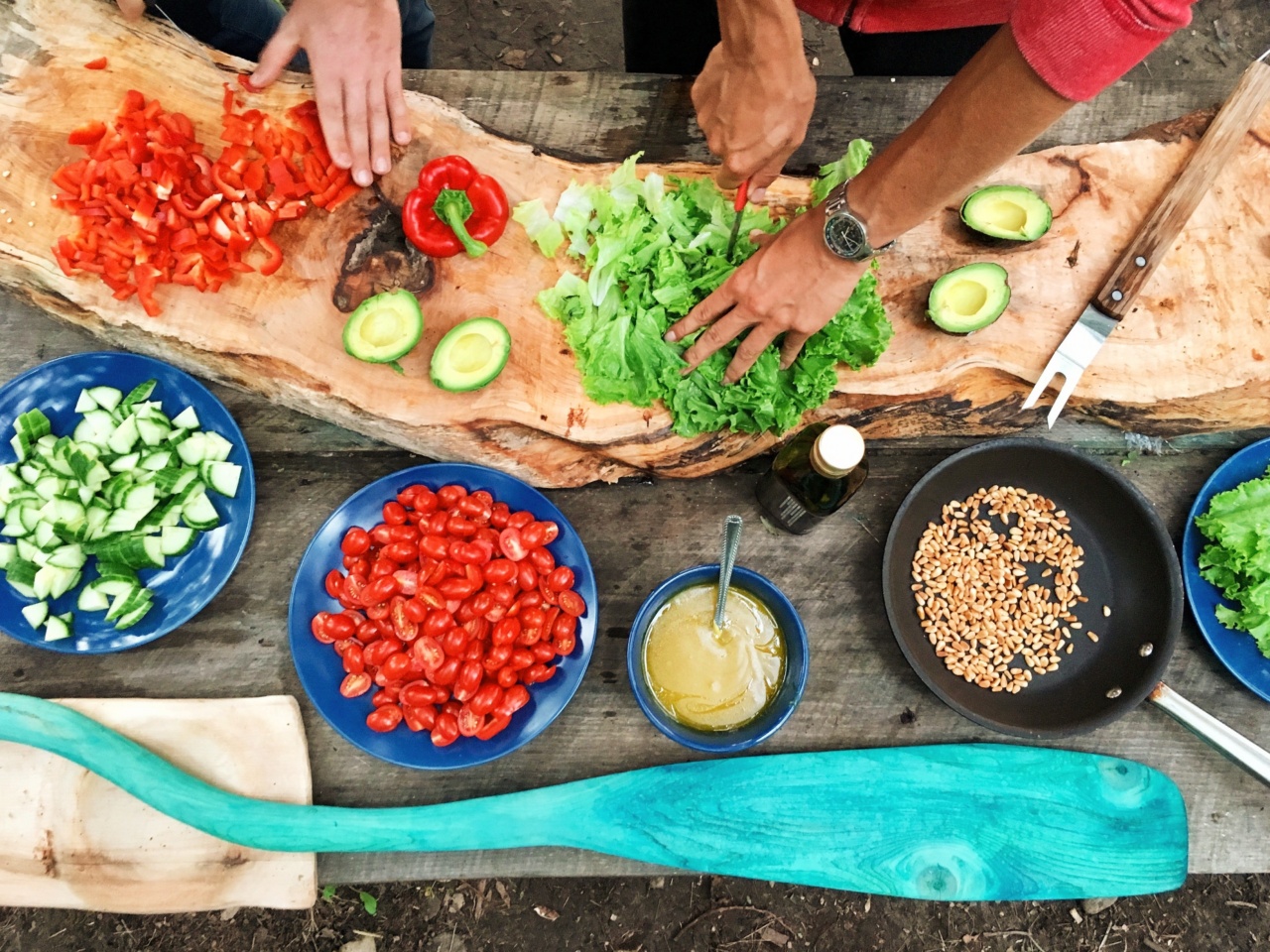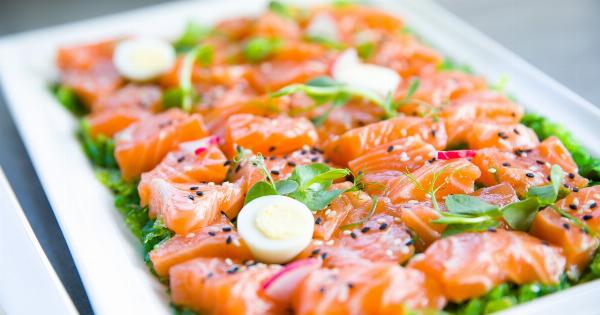As a new parent, introducing solid foods to your baby can be both exciting and nerve-wracking. You want to make sure your baby is getting the nutrients they need while also avoiding any potential allergies or choking hazards.
That’s why we’ve compiled a list of the top 30 recommended first foods for babies. These foods are nutritious, easy to prepare, and safe for your little one’s delicate digestive system.
1. Avocado
Avocado is a popular first food for babies because of its creamy texture and high nutrient content. It’s packed with healthy fats and essential vitamins and minerals such as potassium, vitamin E, and folate.
Simply mash up an avocado and serve it plain or mix it with breast milk or formula for added creaminess.
2. Bananas
Bananas are another great first food for babies. They’re easy to digest and loaded with potassium, vitamin C, and vitamin B6. Peel and mash a ripe banana and serve it plain or mix it with breast milk or formula for added creaminess.
3. Sweet potatoes
Sweet potatoes are a nutritious and tasty first food option for babies. They’re high in beta-carotene, which is converted to vitamin A in the body, and also contain vitamin C and potassium.
Bake or steam a sweet potato until soft, mash it up, and serve plain or mixed with breast milk or formula.
4. Carrots
Carrots are another great source of beta-carotene and also contain potassium and vitamin K. Steam or boil carrots until soft, puree them in a blender or food processor, and serve plain or mixed with breast milk or formula.
5. Peas
Peas are a good source of protein, fiber, and essential vitamins and minerals such as vitamin C and vitamin K.
Steam or boil fresh or frozen peas until soft, puree them in a blender or food processor, and serve plain or mixed with breast milk or formula.
6. Butternut Squash
Butternut squash is another delicious and nutritious first food option for babies. It’s high in beta-carotene, vitamin C, and potassium. Bake or steam butternut squash until soft, mash it up, and serve plain or mixed with breast milk or formula.
7. Apples
Apples are a good source of fiber, vitamin C, and antioxidants. Peel and steam or bake a sliced apple until soft, mash it up, and serve plain or mixed with breast milk or formula.
8. Pears
Pears are another fruit that makes a great first food for babies. They’re high in fiber and also contain vitamin C and copper. Peel and steam or bake a sliced pear until soft, mash it up, and serve plain or mixed with breast milk or formula.
9. Prunes
Prunes are a good source of fiber and also contain sorbitol, which can help relieve constipation in babies. Steep dried prunes in hot water until soft, puree them in a blender or food processor, and serve plain or mixed with breast milk or formula.
10. Oatmeal
Oatmeal is a great first food for babies because it’s easy to digest and packed with essential nutrients such as iron and fiber.
Cook regular or steel-cut oats according to package instructions, puree them in a blender or food processor, and serve plain or mixed with breast milk or formula.
11. Brown Rice
Brown rice is another nutritious first food option for babies. It’s a good source of complex carbohydrates, which provide sustained energy, and also contains essential vitamins and minerals such as iron and magnesium.
Cook brown rice per package instructions, puree it in a blender or food processor, and serve plain or mixed with breast milk or formula.
12. Quinoa
Quinoa is a protein-rich grain that’s also high in fiber, iron, and essential vitamins and minerals such as magnesium and potassium.
Cook quinoa per package instructions, puree it in a blender or food processor, and serve plain or mixed with breast milk or formula.
13. Chickpeas
Chickpeas, also known as garbanzo beans, are a great source of protein, fiber, and essential vitamins and minerals such as iron and zinc.
Drain and rinse canned chickpeas, puree them in a blender or food processor, and serve plain or mixed with breast milk or formula.
14. Lentils
Lentils are another legume that makes a great first food for babies. They’re high in protein, fiber, and essential vitamins and minerals such as iron and folate.
Cook lentils per package instructions, puree them in a blender or food processor, and serve plain or mixed with breast milk or formula.
15. Chicken
Chicken is a great source of protein, iron, and zinc, all of which are important for growing babies. Cook boneless chicken breasts until fully cooked, puree them in a blender or food processor, and serve plain or mixed with breast milk or formula.
16. Beef
Beef is another good source of protein, iron, and zinc. Cook lean ground beef until fully cooked, puree it in a blender or food processor, and serve plain or mixed with breast milk or formula.
17. Salmon
Salmon is a great source of omega-3 fatty acids, which are important for brain development. Cook a small piece of salmon until fully cooked, puree it in a blender or food processor, and serve plain or mixed with breast milk or formula.
18. Yogurt
Yogurt is a good source of protein, calcium, and probiotics, which can help promote digestive health. Choose plain, whole-milk yogurt and serve it plain or mixed with fruit purees or mashed bananas.
19. Cottage Cheese
Cottage cheese is another dairy-based food that makes a good first food for babies. It’s a good source of protein and calcium. Choose plain, whole-milk cottage cheese and serve it plain or mixed with fruit purees or mashed bananas.
20. Tofu
Tofu is a good source of protein, iron, and calcium, all of which are important for growing babies. Choose soft, silken tofu and puree it in a blender or food processor, and serve plain or mixed with fruit purees or mashed bananas.
21. Peaches
Peaches are a good source of fiber, vitamin C, and potassium. Peel and steam or bake a sliced peach until soft, mash it up, and serve plain or mixed with breast milk or formula.
22. Plums
Plums are another fruit that makes a great first food for babies. They’re high in fiber and also contain vitamin C and potassium. Peel and steam or bake a sliced plum until soft, mash it up, and serve plain or mixed with breast milk or formula.
23. Blueberries
Blueberries are a good source of fiber and antioxidants. Steam or boil fresh or frozen blueberries until soft, puree them in a blender or food processor, and serve plain or mixed with breast milk or formula.
24. Mango
Mango is a good source of vitamin C and beta-carotene. Peel and slice a ripe mango, steam or bake until soft, puree it in a blender or food processor, and serve plain or mixed with breast milk or formula.
25. Green Beans
Green beans are a good source of fiber, vitamin C, and vitamin K. Steam or boil fresh or frozen green beans until soft, puree them in a blender or food processor, and serve plain or mixed with breast milk or formula.
26. Broccoli
Broccoli is a cruciferous vegetable that’s high in fiber and essential vitamins and minerals such as vitamin C, vitamin K, and folate.
Steam or boil broccoli until soft, puree it in a blender or food processor, and serve plain or mixed with breast milk or formula.
27. Cauliflower
Cauliflower is another cruciferous vegetable that makes a great first food for babies. It’s high in fiber and essential vitamins and minerals such as vitamin C and folate.
Steam or boil cauliflower until soft, puree it in a blender or food processor, and serve plain or mixed with breast milk or formula.
28. Zucchini
Zucchini is a mild-tasting vegetable that’s high in fiber and essential vitamins and minerals such as vitamin C and potassium.
Steam or boil zucchini until soft, puree it in a blender or food processor, and serve plain or mixed with breast milk or formula.
29. Asparagus
Asparagus is a good source of fiber, vitamin C, and folate. Steam or boil asparagus until soft, puree it in a blender or food processor, and serve plain or mixed with breast milk or formula.
30. Pumpkin
Pumpkin is a great source of beta-carotene and fiber. Bake or steam pumpkin until soft, mash it up, and serve plain or mixed with breast milk or formula.

























